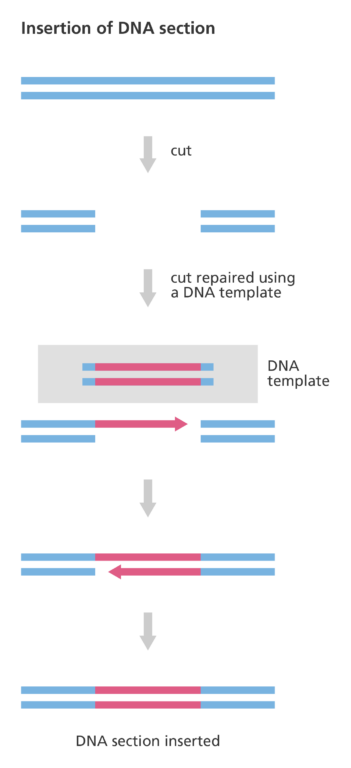Types of genome edits
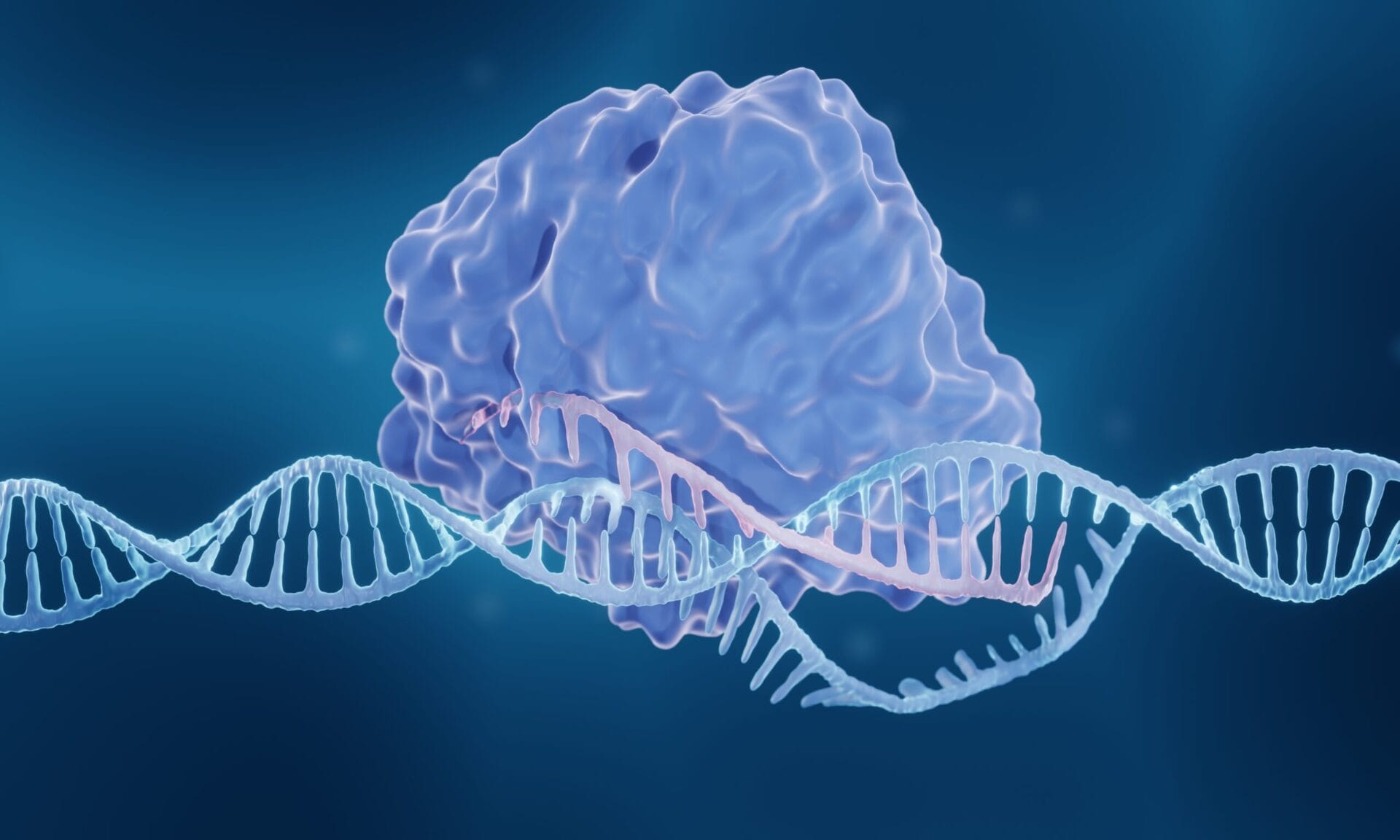
Genome editing is used to change the characteristics of a cell or organism, by making specific changes to its DNA.
- With genome editing, scientists can make changes to a specific region of DNA, to change the characteristics of a cell or organism.
- Changes often include adding or removing chunks of DNA or making specific alterations to the sequence of bases – the building blocks that make up the DNA sequence.
- These changes can cause a piece of DNA or a gene to function differently or stop functioning altogether. In turn, this can affect the product the gene codes for, by changing its function or stopping it being expressed.
Different types of genome edits
Most genome editing tools use an enzyme called an ‘engineered nuclease’. One half of the nuclease is engineered to target a specific DNA sequence. Once it recognises and binds to the DNA, the second half of the nuclease makes a specific change - outlined below.
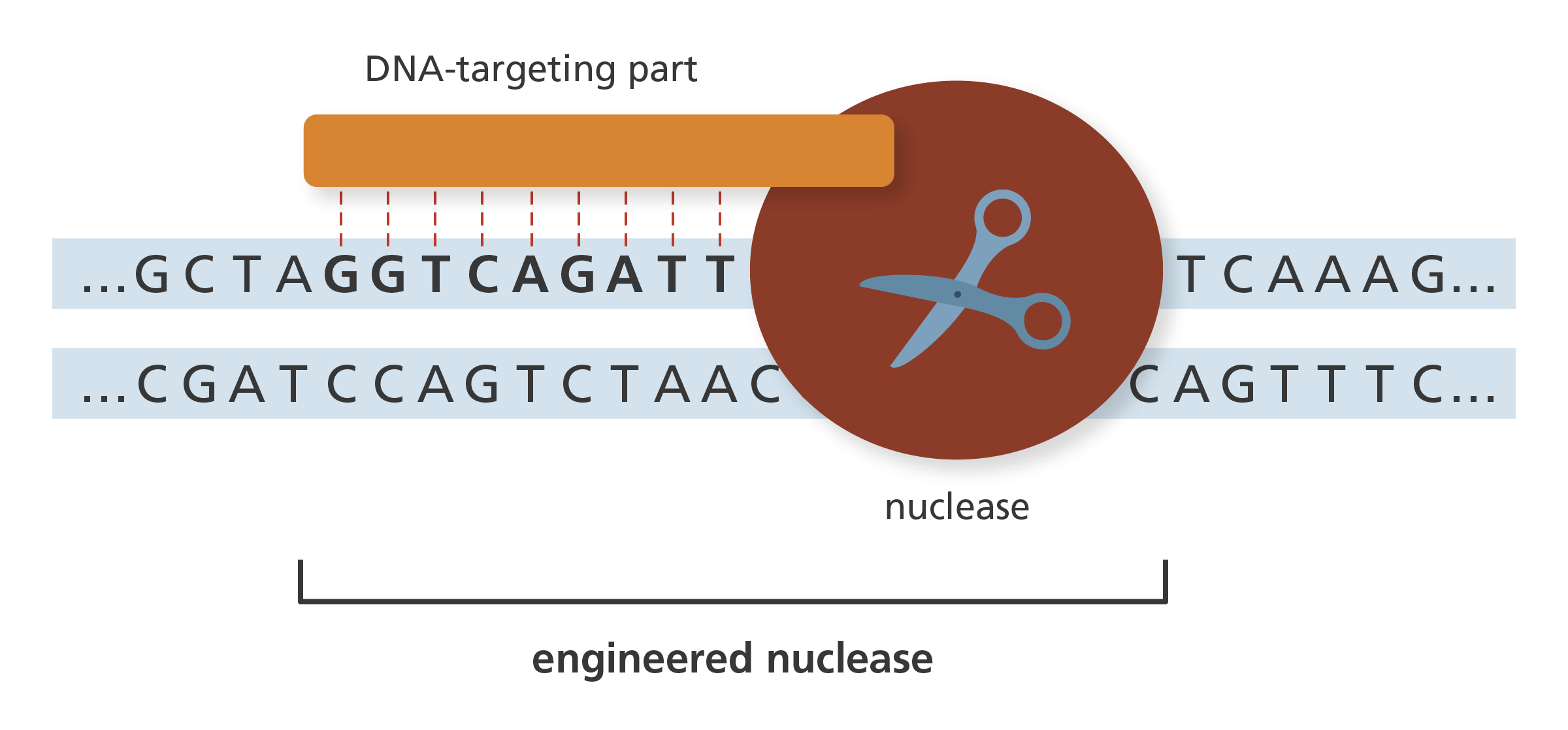
Illustration showing the basic structure and function of engineered nucleases used for genome editing. Image credit: Laura Olivares Boldú / Wellcome Connecting Science
Small, random DNA changes
- An engineered nuclease enzyme targets a specific region of DNA and makes a cut in the sequence.
- The cell’s normal DNA repair machinery recognises damage to the DNA and joins it back together. This process isn’t perfect – it often causes an error at the site of repair, such as a few bases being lost from or added into the sequence.
- This technique can introduce a random change into the DNA.
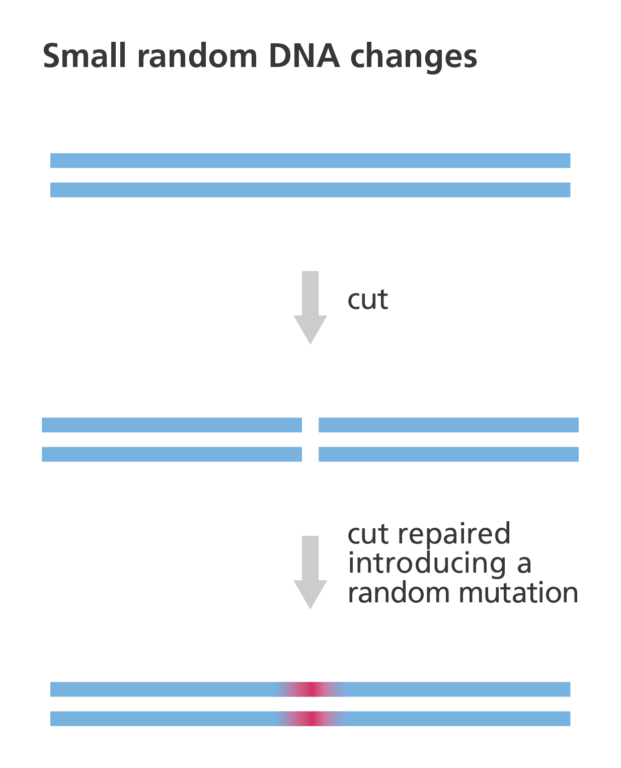
Small, specific DNA changes
- Newer forms of genome editing can make specific changes to a single base within the DNA sequence.
- As above, the nuclease targets a specific part of the DNA sequence. Rather than cutting the DNA and making a random change, it attracts a second enzyme to the site, to make a specific change to the DNA.
- For example, this might result in a C base being swapped to a T. This is called a point mutation.
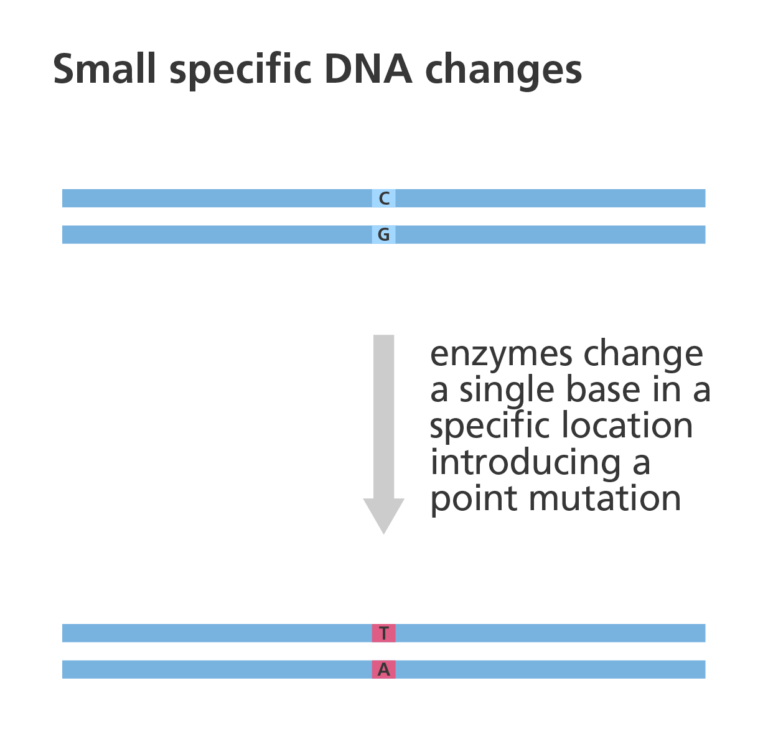
Removing a section of DNA
- Nucleases are engineered to cut the DNA either side of the section that’s going to be removed.
- The cell’s normal DNA repair machinery recognises damage to the DNA. In fixing the damage, it may mistakenly join the wrong ends of DNA together, removing the DNA in between the two cuts.
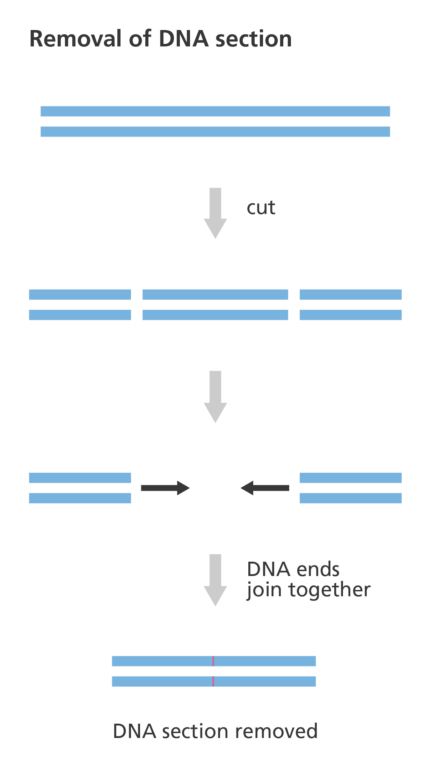
Inserting a section of DNA
- When a cell divides, all of its DNA is copied. If there is a break in one copy of the DNA, the cell repairs it using the second copy as a template, so both copies match. This is called ‘homology directed repair’.
- It’s possible to take advantage of this repair process during genome editing, to insert a new section of DNA into the sequence.
- An engineered nuclease enzyme cuts the DNA at a specific location. A new piece of DNA is introduced to the cut site.
- This kickstarts the cell’s homology directed repair process. The cell uses the new piece of DNA as a template and fills the break with a copy of the new DNA.
- This approach can be used to insert a new section of DNA, or to replace an existing section of DNA with an altered version – for example, to change a specific point mutation within a gene.
